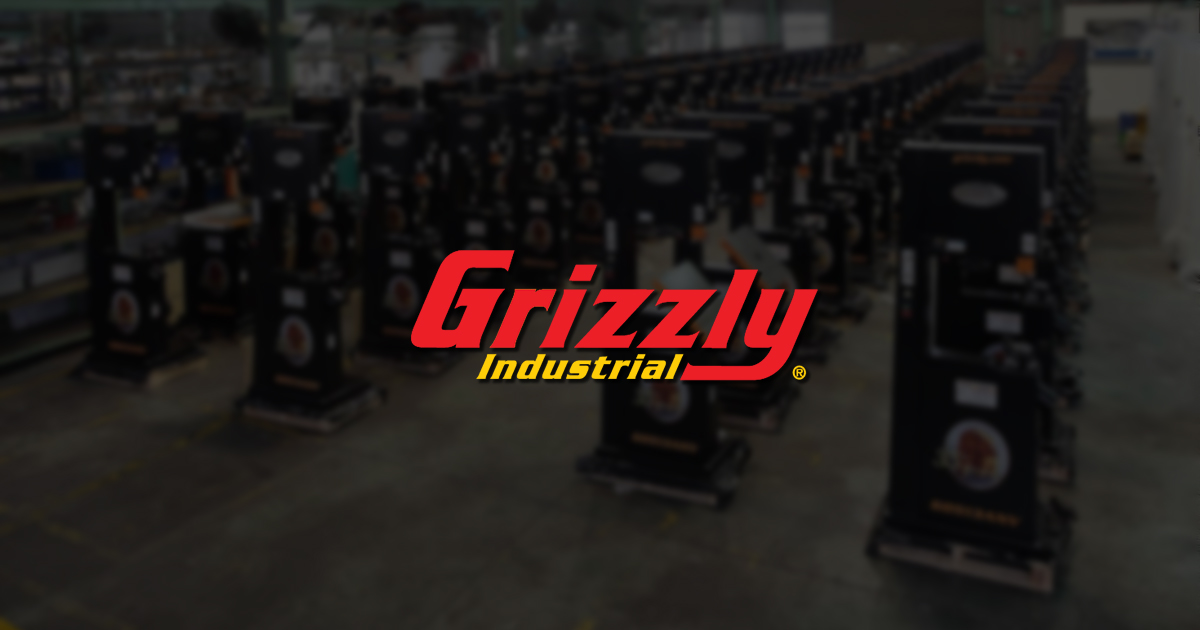Several things to look for:
1. Do you "think" you will be doing spindle type of work - i.e. long spindles such as - spindles that are on stair casings or banisters, etc? The point of this question will help decide if you should buy a long lathe, or a regular lathe with an extension. Most bowl and vase lathes do not need a 4 ft bed, but rarely longer than 28" to 30".
2. Bowls and plates: how big? If you are inexperienced, I would say you need a bed clearance of 16" size at the most. Most bowl lathes will allow you to turn the head to the side and do a larger bowl. And some let you use a chuck on the outboard end of the lathe instead of over the bed. This is just a summary. There is a lot, lot more involved. A word of warning, when doing bowls larger than about 8" the lathe needs to be anchored or weighted down, and the larger the diameter of the blank, the more dangerous vibration becomes.
3. 12" and larger, look at the VS carefully. Not all Digital Read Out equipped lathes will go below 400 rpm. Look at the low end speed. 14 inch bowls and larger need RPM to be able to go down to at least 200 RPM. Here is a link that has a diagram of "speed to size" that will help you determine both the size and speed that is safe:
Hi Folks, I’ve been turning stuff off and on since I first tried it in school about 60 years ago now. What I’m curious about is that most videos I watch seem to run at much higher speeds, even during roughing, than I was taught. Has something changed or is my information as antique as I am?
www.penturners.org
BTW, not all blanks are the same. A round cut blank of 12" may be easy to handle, whereas a 12" diameter short log or small stump are NOT the same as the 12" round cut blank and can be far more dangerous, requiring far more caution.
I am not recommending Grizzly, but I often go to Grizzly because they have a
wide variety of lathes from which to compare differences such as short and large, long and large, long and small diameter, short and small diameter, VS of different kinds etc. Look them over, come back later and look them over again. Look lathes over at other web sites and come back to Grizzly. Look at their features. Again I am not suggesting Grizzly per se, but since Grizzly has a wide variety, I do not have to run from one companies site to another to another. This helps me hone in on the type of lathe I want and can afford; THEN I go from site to site looking for the specific one I want.
From rough blanks to beautiful finished creations! Explore our wide variety of wood lathes, from basic benchtop models to advanced 3-phase industrial machines.

www.grizzly.com
(I am a little surprised as it seems that I have seen a few higher end and heavier duty lathes on their warehouse floor than what I see in the link.)
OH, Important: There are 3 or 4 types of variable speed, watch that term carefully as you look for lathes.
1. Belt changing, can get monotonous and slow down production. For those that started out with belt changing, it doesn't seem to be a problem, but it sure is nice to be able to dial in a speed with a true VS.
2. Combination electronic VS: Some have 3 belt positions plus VS. To me this is aggravating as I have electronic VS but still have to change belt speed. This type only gives ranges of speed such as: Speed 1: 500 - 1000RPM, 2: 850- 1700RPM; 3. 1500-3000RPM.
3. Reeves Drive: Reeves is a mechanical speed control but usually give a speed of 600 - 3000. It does not go down to low end speed needs for bowls of 15 or 16 inches. This is usually on low end priced larger VS lathes.
4. Electronic VS can be a direct drive or dual pulley. Generally more expensive. One thing to watch for is how your shop is equipped with electricity. When full electronic VS comes into play, many lathes move into 220/240V. VFD variable speed is the best for larger work. If your shop can handle 220/240, go for a
VFD VS.
Many/most Pen turning VS lathes do not have the torque needed for handle 12" and larger bowl blanks. VFD will slow the RPM without decreasing torque. Low speed torque is important.
I do believe you can get the lathe with the best features as mentioned in # 4 for under $2000.

